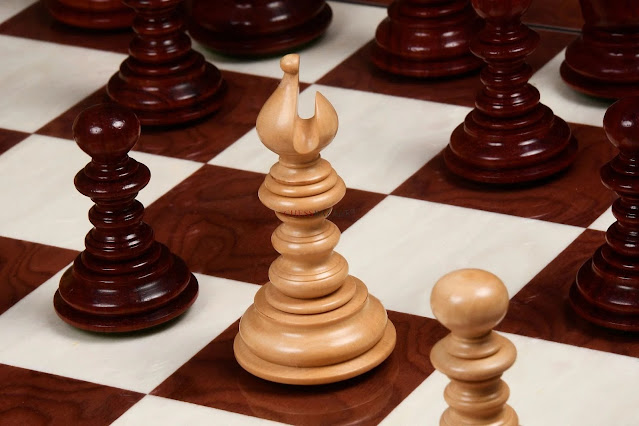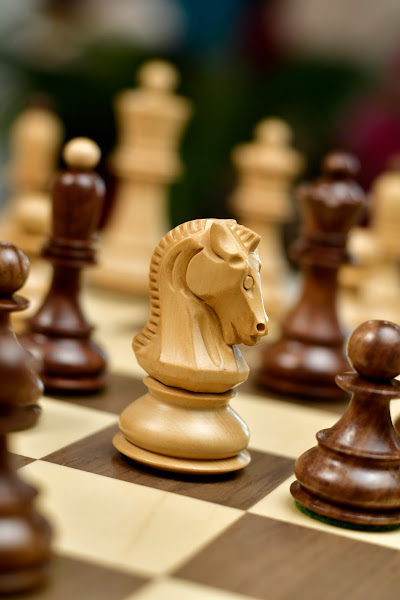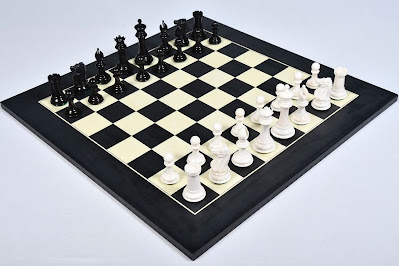The Story Behind the Bishop's Iconic Look in Chess
Chess has come a long way from its beginnings in India, where each chess pieces has cultural significant and each change tells a story. The bishop was represented by an elephant or a military advisor but have you ever wondered why bishops have that split on their heads? If not, no worries, fellow chess lovers! Today, let's explore the cool backstory of why bishops look the way they do—it's a story filled with tradition and mystery.
Back in the day, bishops in chess were made to look like they were wearing special hats called mitres. These hats were a nod to their religious origins, back in medieval Europe. Chess back then wasn't just a game, it mirrored how society was structured and what people believed in. Bishops were powerful figures both on and off the chessboard. The mitre they wore was a symbol of their authority and leadership within the church during religious ceremonies.
In the long history of chess, the bishop's mitre was a way to easily spot the piece on the board and highlight its unique role in the game. As chess changed over the years, the mitre stuck around, becoming a defining feature of the bishop.
Today, you might see bishops in chess sets without mitres, but the memory of those iconic headpieces lives on among chess fans everywhere. They remind us of the game's rich cultural past and how medieval symbols influenced chess design.
Each change in the pieces appearance tells a story of cultural shifts and creative ideas that have shaped the game we love today. If you want to know on this visit this link "The Staunton chess designs? Its evolution and a bit history".




Comments
Post a Comment